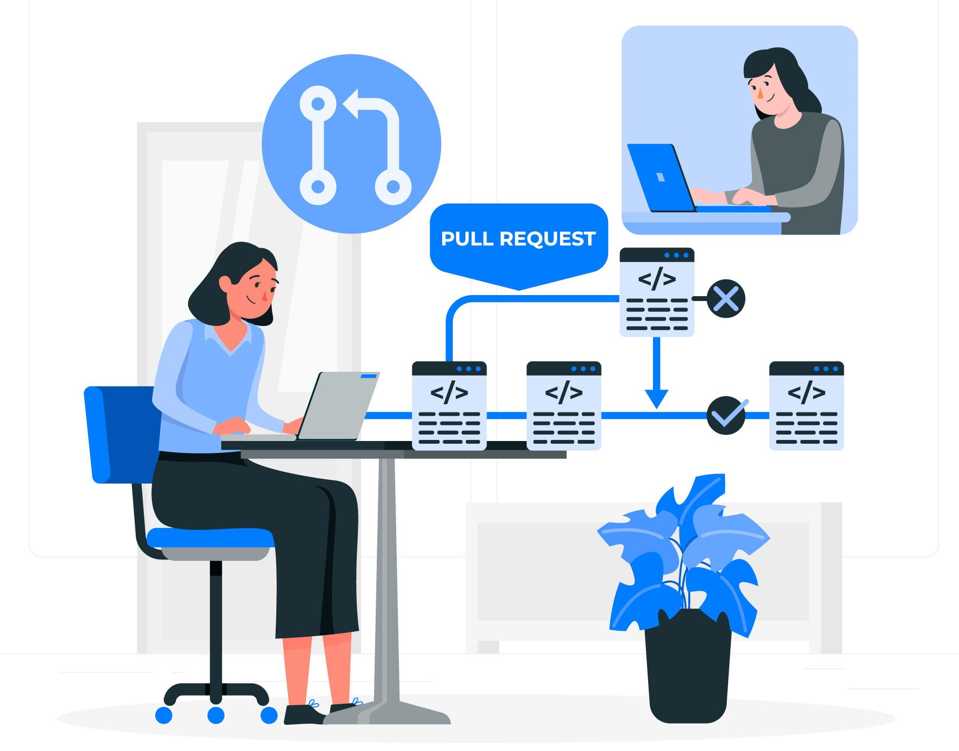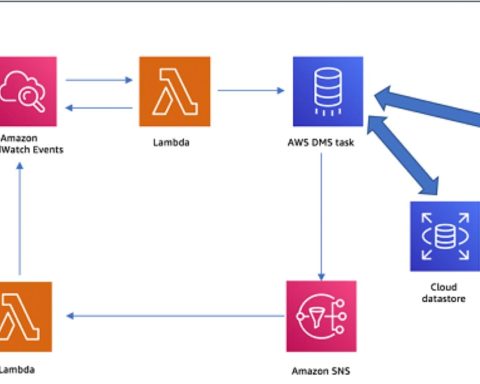Enhancing remote collaboration with the right digital tools and strategies is critical to maintaining team connection and ensuring efficiency. Thankfully, there are many ways to do this, including virtual collaboration tools that foster effective communication and streamlined project management.
The most extensive WAN is the Internet, but private networks also use a variety of connections to interconnect multiple systems and offices over long distances. These networks include leased lines, VPNs, and wireless, among others.
Streamline Communication
Virtual remote collaboration enables employees to optimize their work environment and create a more flexible schedule, fostering a positive workplace culture. This flexibility leads to increased productivity and a higher ROI.
One of the challenges faced by remote teams is effective communication. Without the benefit of frequent in-person meetings, quick problem-solving, and face-to-face interaction, remote team members must learn new ways to communicate with their colleagues. This includes using technology solutions to report on what they are working on, their current progress, and any roadblocks they may be facing. It also requires developing good email habits, such as acknowledging receipt of emails even when there isn’t time to respond immediately.
Fortunately, there are several ways to streamline communication with remote teams, including video meetings and collaborative tools such as wikis, virtual whiteboards, and project rooms. These tools allow teams to share ideas, collaborate in real time, and make fast decisions. They also eliminate geographical limitations, allowing organizations to tap into a global talent pool and assemble teams with diverse skills and perspectives. This increases creativity and innovation.
Automate Tasks
Automating routine tasks not only saves time but also increases productivity. It frees employees up to focus on more critical projects, which ultimately drives overall business performance.
Streamlined processes boost teamwork and allow greater organizational agility to respond to customer demands or market conditions quickly. By eliminating time-consuming, repetitive tasks and making insights easier to access, automation helps teams work together seamlessly to adapt plans and strategies without waiting for a lightbulb moment.
Many individual and group tasks can be automated to make remote collaboration more effective. However, employees must buy into the tools to automate their work and understand the benefits of using such systems.
Like wide area network example, recurring monthly tasks such as paying bills can be set to automatically occur to give team members back their schedules and return them to the most productive activities they could be doing. Intelligent automation can also provide valuable data to help improve task scheduling, eliminate redundancies, and improve efficiency. Unlike process automation, which optimizes end-to-end business processes, task automation is more granular and automates specific actions.
Increase Productivity
Virtual remote collaboration enables individuals to optimize their productivity and work on tasks that suit their preferences and work style. It also allows employees to avoid the stress of heavy workloads, allowing them to focus on quality work and maintain a healthy work-life balance.
Moreover, virtual remote collaboration encourages diverse thinking and perspectives, and it provides the means to communicate and collaborate across teams effectively. It also enables organizations to reduce costs by leveraging digital tools and eliminating the need for travel expenses.
To improve the effectiveness of remote collaboration, organizations should establish clear communication guidelines, provide access to reliable collaboration tools and training, and promote a collaborative culture. They should also encourage regular virtual meetings and team-building activities to foster connections, increase engagement, and enhance productivity. In addition, they should promote a work-life balance and acknowledge the achievements of remote workers to boost morale. Lastly, they should create backup plans to mitigate technical difficulties during virtual collaboration.
Reduce Costs
A critical factor in ensuring sustainable remote collaboration is fostering a supportive team culture. This can be achieved by conducting virtual team-building activities and encouraging a positive work environment that prioritizes work-life balance, as well as regularly assessing and implementing best practices.
The flexibility of virtual collaboration also enables organizations to tap into a global talent pool, which can help reduce costs by reducing the need for expensive office space and travel. The increased productivity of remote workers also contributes to cost savings by reducing the time it takes to complete tasks, as well as decreasing overhead expenses.
While there are many benefits of virtual remote collaboration, it is essential to address the downsides to ensure sustainability. These include reduced social interaction, which can impact team morale; difficulty establishing trust because of limited face-to-face contact; and blurred boundaries between personal and professional life, leading to burnout. By addressing these issues, organizations can ensure that remote collaboration is effective and productive for all employees. By utilizing virtual collaboration solutions, organizations can overcome these obstacles and achieve tremendous success.
Enhance Security
Virtual remote collaboration requires strong security measures to protect sensitive data. Ensure that team members utilize tools with robust encryption, multi-factor authentication, and regular security patches to minimize the risk of cyber threats. Also, encourage employees to use virtual private networks (VPNs) when working remotely and educate them about phishing and cybersecurity best practices.
Furthermore, SD-WAN technology for remote working network solutions can provide more visibility into WAN connections and traffic patterns. This enables companies to manage connectivity in real-time, steer traffic according to business needs, and respond quickly to performance fluctuations.
Prior research on the causal effects of remote work has focused on information work settings, such as call centers and patent offices, where tasks are more codifiable and less likely to rely on collaboration and knowledge transfer. However, our findings suggest that the transition to firm-wide remote work in information firms has led to structural holes in the informal knowledge-sharing networks of workers and reduced their ability to access new information from other groups within the organization. Moreover, it has caused employees to spend a larger share of their collaboration time with their stronger ties and a smaller with weaker ties.






